Sybil Derrible - Urban Engineering for Sustainability
Here you can read online Sybil Derrible - Urban Engineering for Sustainability full text of the book (entire story) in english for free. Download pdf and epub, get meaning, cover and reviews about this ebook. year: 2019, publisher: The MIT Press, genre: Politics. Description of the work, (preface) as well as reviews are available. Best literature library LitArk.com created for fans of good reading and offers a wide selection of genres:
Romance novel
Science fiction
Adventure
Detective
Science
History
Home and family
Prose
Art
Politics
Computer
Non-fiction
Religion
Business
Children
Humor
Choose a favorite category and find really read worthwhile books. Enjoy immersion in the world of imagination, feel the emotions of the characters or learn something new for yourself, make an fascinating discovery.

- Book:Urban Engineering for Sustainability
- Author:
- Publisher:The MIT Press
- Genre:
- Year:2019
- Rating:4 / 5
- Favourites:Add to favourites
- Your mark:
Urban Engineering for Sustainability: summary, description and annotation
We offer to read an annotation, description, summary or preface (depends on what the author of the book "Urban Engineering for Sustainability" wrote himself). If you haven't found the necessary information about the book — write in the comments, we will try to find it.
A textbook that introduces integrated, sustainable design of urban infrastructures, drawing on civil engineering, environmental engineering, urban planning, electrical engineering, mechanical engineering, and computer science.
This textbook introduces urban infrastructure from an engineering perspective, with an emphasis on sustainability. Bringing together both fundamental principles and practical knowledge from civil engineering, environmental engineering, urban planning, electrical engineering, mechanical engineering, and computer science, the book transcends disciplinary boundaries by viewing urban infrastructures as integrated networks.
The text devotes a chapter to each of five engineering systemselectricity, water, transportation, buildings, and solid wastecovering such topics as fundamentals, demand, management, technology, and analytical models. Other chapters present a formal definition of sustainability; discuss population forecasting techniques; offer a history of urban planning, from the Neolithic era to Kevin Lynch and Jane Jacobs; define and discuss urban metabolism and infrastructure integration, reviewing system interdependencies; and describe approaches to urban design that draw on complexity theory, algorithmic models, and machine learning. Throughout, a hypothetical city state, Civitas, is used to explain and illustrate the concepts covered. Each chapter includes working examples and problem sets. An appendix offers tables, diagrams, and conversion factors. The book can be used in advanced undergraduate and graduate courses in civil engineering and as a reference for practitioners. It can also be helpful in preparation for the Fundamentals of Engineering (FE) and Principles and Practice of Engineering (PE) exams.
Sybil Derrible: author's other books
Who wrote Urban Engineering for Sustainability? Find out the surname, the name of the author of the book and a list of all author's works by series.

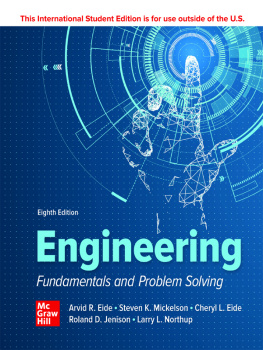
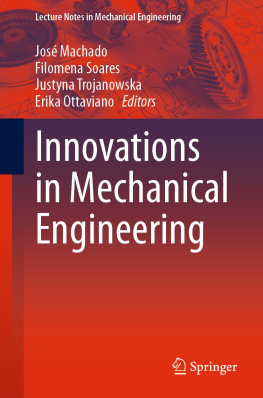
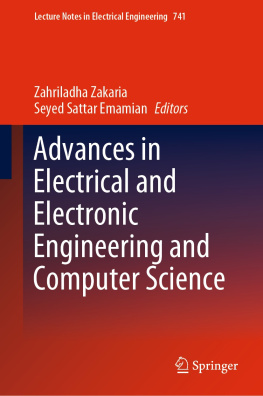
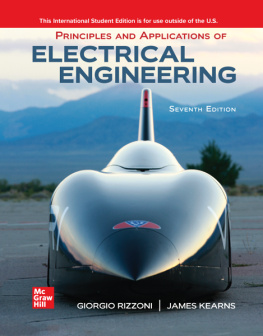

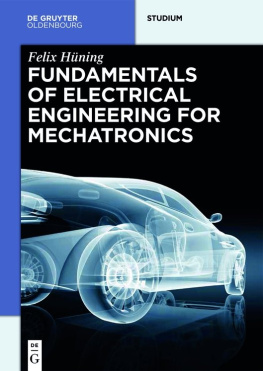

 as a function of n.
as a function of n.